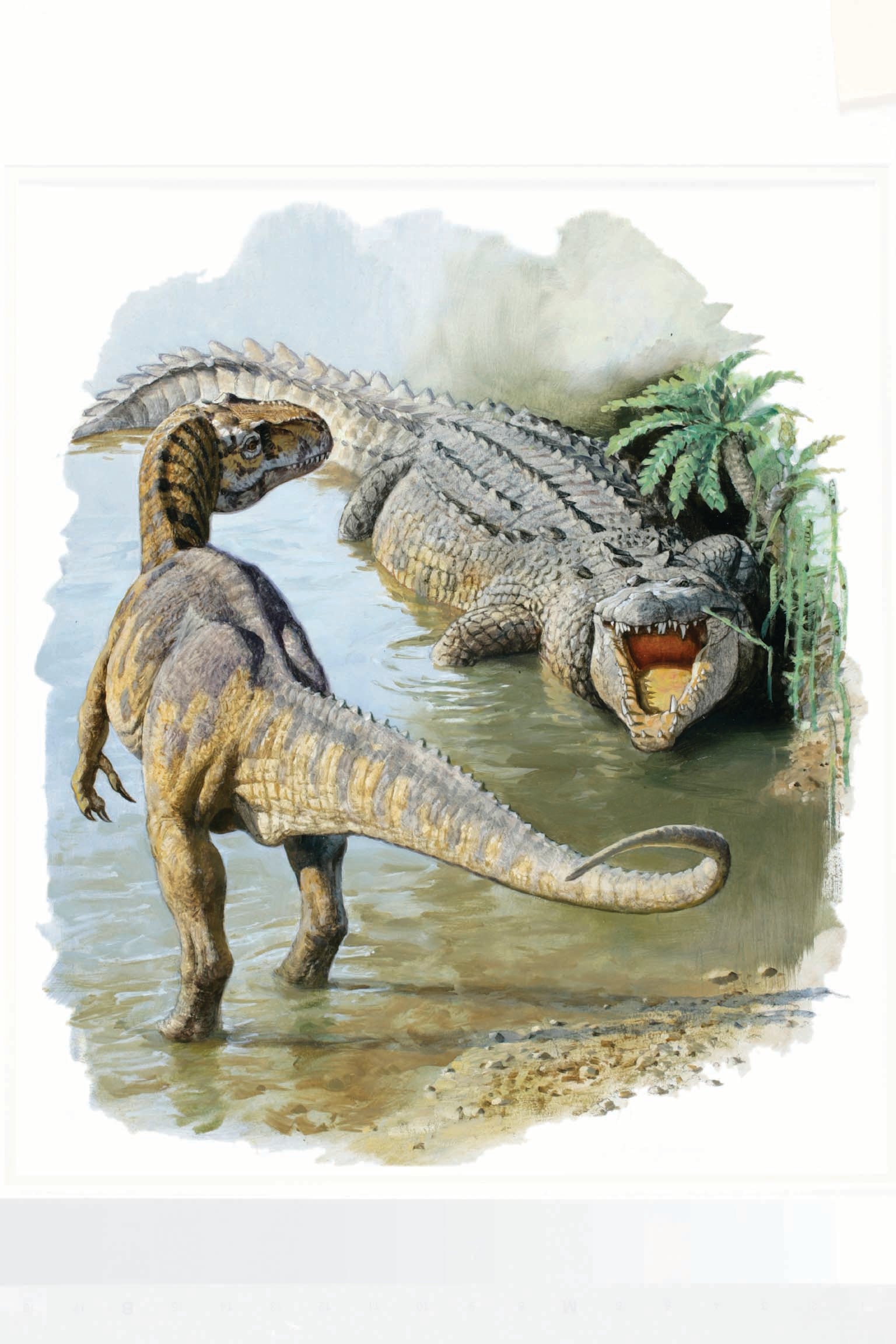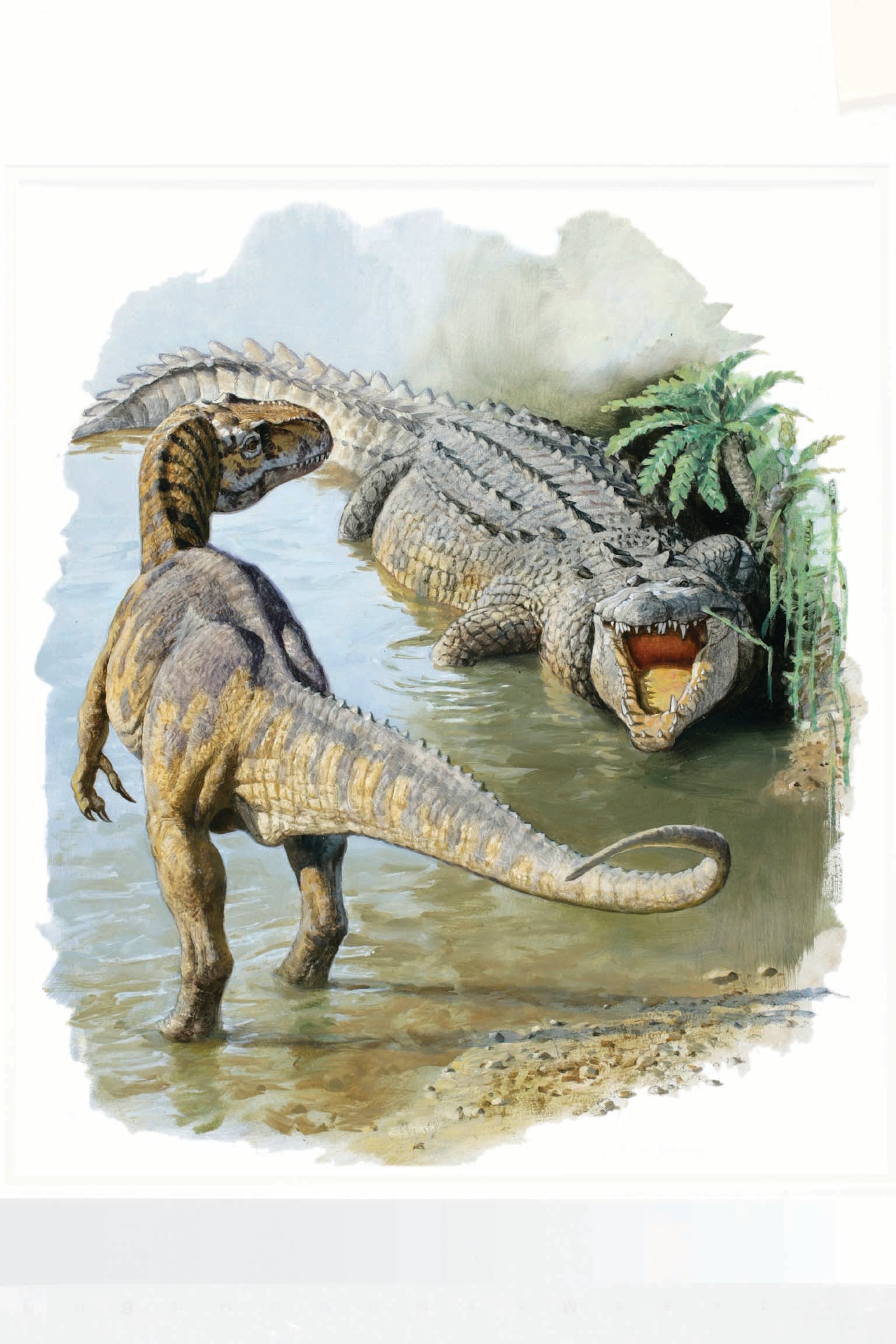
Some of the largest and most ferocious dinosaurs of all time had an anatomical secret to their success. Like many modern birds, Tyrannosaurus, Apatosaurus and other giants had complex networks of air sacs that grew out of their throats and lungs and into their bones. The resulting porousness made them lighter, saving energy while maintaining bone strength. The sacs also let the dinosaurs breathe more efficiently and may even have aided cooling. But researchers have been unsure of when and how this valuable adaptation first emerged in the animal kingdom.
Paleontologists have found these air sacs in flying reptiles called pterosaurs, in theropod dinosaurs such as Allosaurus, and in long-necked dinosaurs, including Diplodocus. The sacs’ presence can be detected from indentations and cavities in fossilized bones, even when the soft tissues are long gone. A new study in Scientific Reports suggests that rather than evolving air sac systems more than 235 million years ago, in the last common ancestor of dinosaurs and pterosaurs, the different lineages each developed these systems independently.
“Animals with air sacs have a tremendous advantage compared to us mammals,” says paleontologist Tito Aureliano of the University of Campinas in Brazil, lead author of the new study. Many of dinosaurs’ unique features, he notes, were made possible by these systems.
To explore the sacs’ origins, the researchers turned to bones from three ancestral dinosaur species. Using CT scans and examining the bones’ exteriors, they looked for openings or pockets that could house air sacs. They then compared the bones with those of other animals such as modern alligators and deer, which are known to lack these structures.
The researchers were surprised to find that the early dinosaur bones were more similar to those of alligators and deer than to those of the dinosaurs’ later descendants. “Prior to this study, it looked unlikely to me that invasive air sacs would have evolved three times independently” in separate dinosaur lineages, Aureliano says—but the new results suggest that scenario.
This work confirms that the early dinosaurs did not have these extensive air sac systems, says Ohio University paleontologist Patrick O’Connor, who was not involved in the new study. That doesn’t mean that they had no air sacs at all, he adds, noting that some modern birds, such as ducks, have more minimal arrangements. Instead the study most likely indicates that air sacs invaded the bone multiple times independently, as the reptiles became larger and more diverse.
“New fossils are showing more and more cases of convergent evolution,” Aureliano says, suggesting that part of what made dinosaurs so successful was this repeated development of key traits.

























































